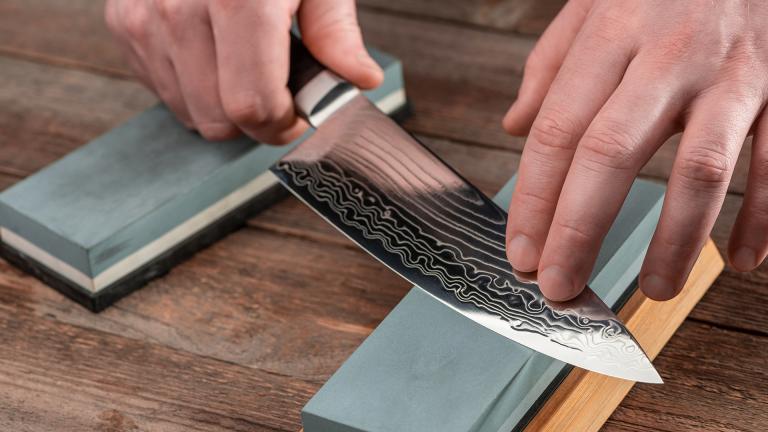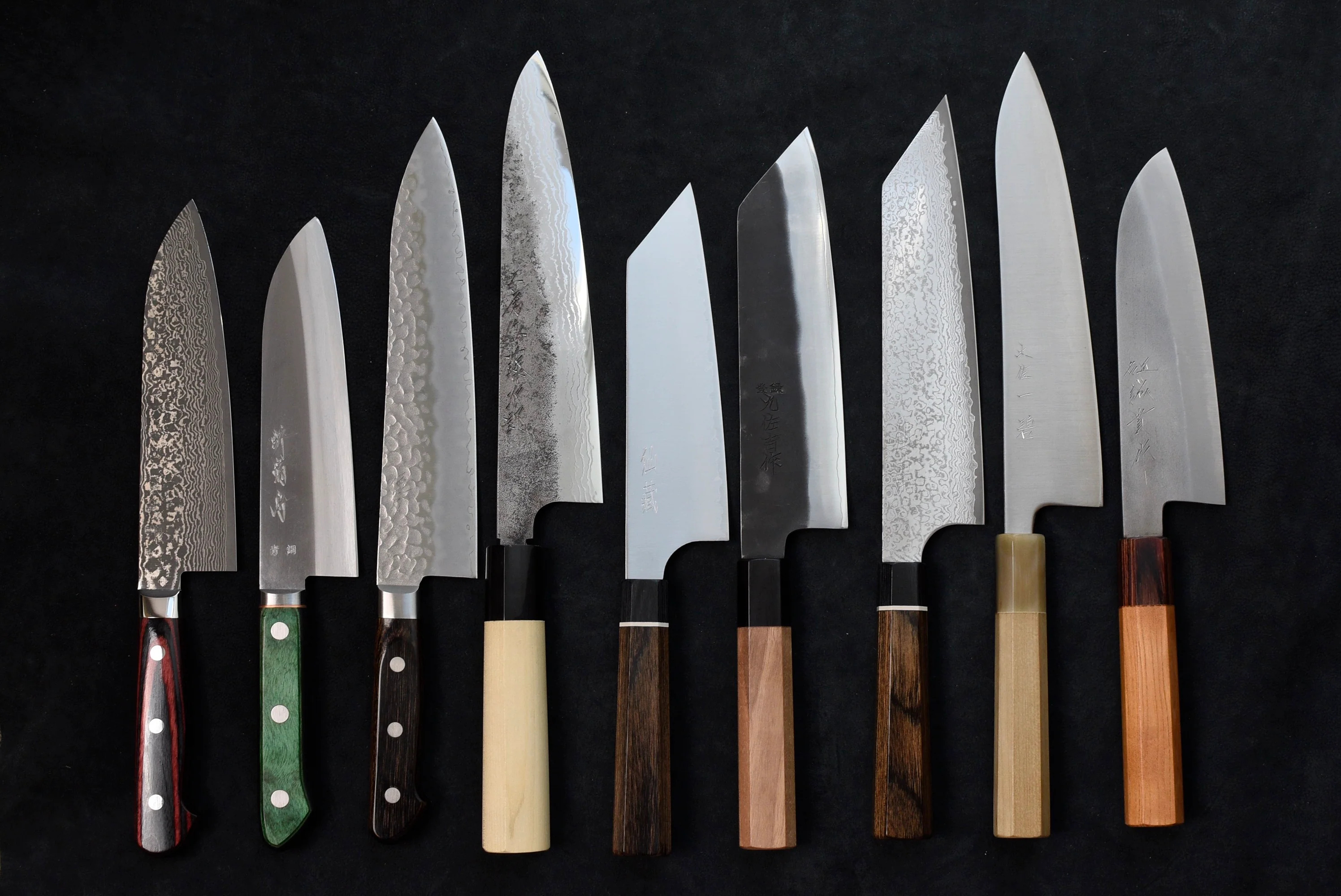Japanese chef knives, renowned for their exceptional sharpness, precision, and craftsmanship, are a favorite among professional chefs and home cooks alike. In this guide, we’ll take a closer look at the fascinating world of Japanese chef knives, from their history and traditional craftsmanship to the different types and styles available. Whether you’re a seasoned chef or a passionate home cook, join us as we explore the beauty and precision of Japanese chef knives.
The History of Japanese Chef Knives

Japanese chef knives, or “hocho,” have a long and rich history that dates back centuries. Traditionally handcrafted by skilled artisans using time-honored techniques, Japanese chef knives are known for their exceptional sharpness, durability, and beauty. From the samurai swords of ancient Japan to the modern kitchen knives of today, Japanese chef knives have a proud tradition of excellence that continues to this day.
Traditional Craftsmanship

One of the defining features of Japanese chef knives is their traditional craftsmanship. Each knife is meticulously handcrafted by skilled artisans using techniques that have been passed down through generations. From forging and shaping the blade to sharpening and polishing the edge, every step of the process is done with precision and care. The result is a knife that is not only incredibly sharp and durable but also a true work of art.
Types of Japanese Chef Knives

Japanese chef knives come in a wide range of types and styles, each with its own unique characteristics and features. Some of the most popular types of Japanese chef knives include:
- Gyuto: The Japanese equivalent of a Western chef’s knife, the Gyuto is a versatile all-purpose knife that is perfect for a wide range of cutting tasks, including slicing, dicing, and chopping.
- Santoku: The Santoku knife is a smaller, lighter knife that is perfect for precision cutting tasks like slicing, dicing, and mincing. It features a flat edge and a sheep’s foot tip, making it ideal for making precise, straight cuts.
- Nakiri: The Nakiri knife is a traditional Japanese vegetable knife that is perfect for slicing and dicing fruits and vegetables. It features a flat, rectangular blade that makes it easy to chop ingredients with precision and control.
Modern Innovation
While Japanese chef knives are steeped in tradition, they also embrace modern innovation. Today, many Japanese knife makers are incorporating modern materials and techniques into their knives, resulting in blades that are even sharper, more durable, and more beautiful than ever before. From high-tech steel alloys to ergonomic handle designs, modern Japanese chef knives are pushing the boundaries of what is possible in knife design and craftsmanship.
Conclusion
Japanese chef knives are more than just tools; they are a testament to the rich tradition of craftsmanship and excellence that has defined Japanese culture for centuries. Whether you’re a professional chef or a passionate home cook, a Japanese chef knife is an essential tool that will help you achieve precision and perfection in the kitchen. With their exceptional sharpness, precision, and beauty, Japanese chef knives are sure to become treasured pieces in your collection for years to come.
